The Ministry of Education and Training has submitted to the Government 3 options for organizing high school graduation exams from 2025 onwards. Specifically, option 1: 2 + 2 - candidates take 2 compulsory subjects: Math, Literature and 2 elective subjects (Foreign Language, History, Physics, Chemistry, Biology, Geography, Economic and Legal Education, Information Technology, Technology).
Option 2: 3 + 2 - candidates take 3 compulsory subjects: Math, Literature, Foreign Language and 2 elective subjects (History, Physics, Chemistry, Biology, Geography, Economic and Legal Education, Information Technology, Technology).
Option three : 4 + 2 - candidates take 4 compulsory subjects: Math, Literature, Foreign Language, History and 2 elective subjects (Physics, Chemistry, Biology, Geography, Economic and Legal Education, Information Technology, Technology).
Of the three options mentioned above, the Ministry of Education and Training proposes to choose option one with the aim of reducing exam pressure for candidates, creating conditions for them to freely choose and develop their full potential and strengths in studying. At the same time, allowing students to choose 2 subjects for the exam will help them have career orientation, abilities and interests.
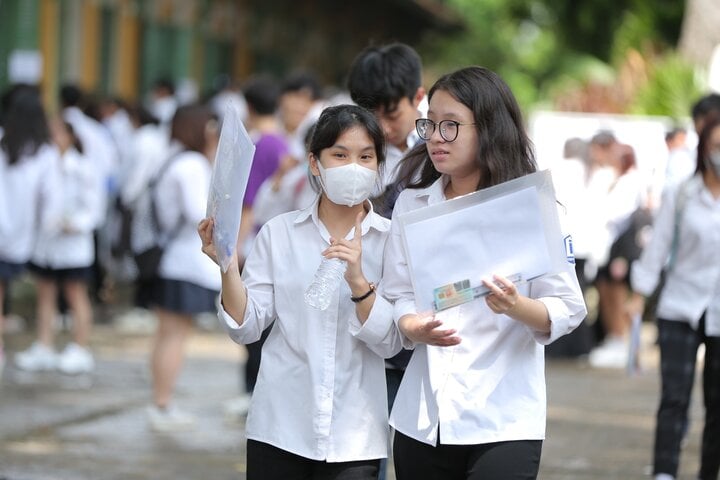
The Ministry of Education and Training proposes to have two compulsory subjects in the 2025 high school graduation exam. (Photo: NN)
Previously, the Ministry of Education and Training announced the results of collecting opinions on the plan to organize the high school graduation exam from 2025.
In a survey of 17,981 teachers, nearly 60% chose the 2+2 option. At the same time, most experts and localities agreed with this option.
The 2+2 option has the advantage of reducing exam pressure for students and actually reducing costs for students' families and society (candidates only take 4 subjects, currently 6 subjects). The number of exam sessions is 13, a reduction of 1 exam session compared to present.
This option also does not cause an imbalance between the admission combinations, which is suitable for students' career orientation. At the same time, this option creates conditions for students to spend time studying elective subjects that are suitable for their career orientation.
Ha Cuong
Source


![[Photo] In May, lotus flowers bloom in President Ho Chi Minh's hometown](https://vphoto.vietnam.vn/thumb/1200x675/vietnam/resource/IMAGE/2025/5/15/aed19c8fa5ef410ea0099d9ecf34d2ad)
![[Photo] President Luong Cuong attends the National Ceremony to honor Uncle Ho's Good Children](https://vphoto.vietnam.vn/thumb/1200x675/vietnam/resource/IMAGE/2025/5/15/9defa1e6e3e743f59a79f667b0b6b3db)



![[Photo] Prime Minister Pham Minh Chinh receives Country Director of the World Bank Regional Office for Vietnam, Laos, Cambodia](https://vphoto.vietnam.vn/thumb/1200x675/vietnam/resource/IMAGE/2025/5/15/2c7898852fa74a67a7d39e601e287d48)



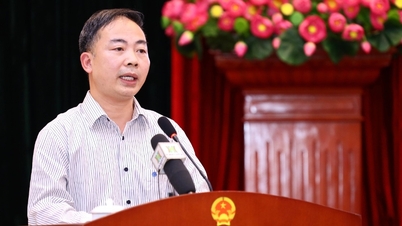

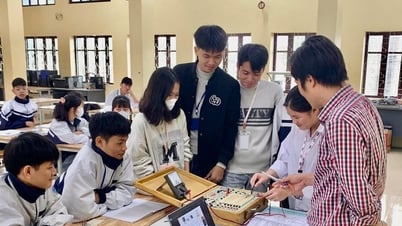
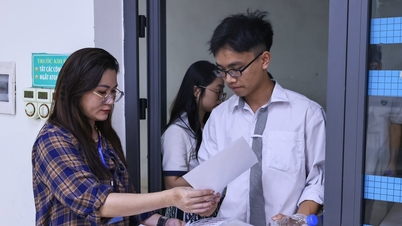
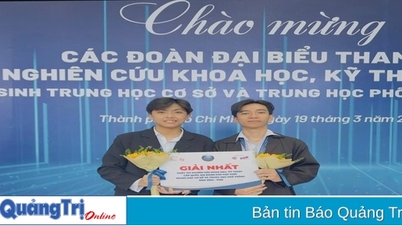

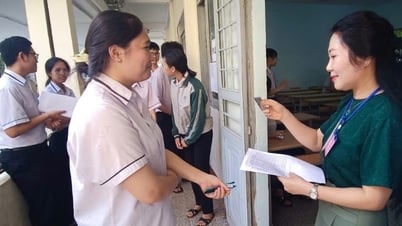

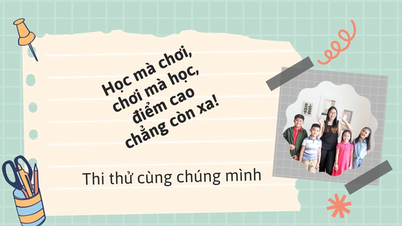

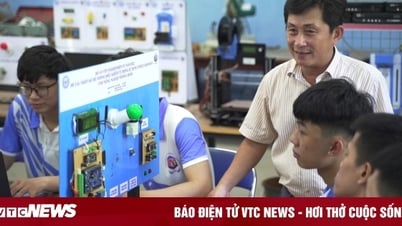









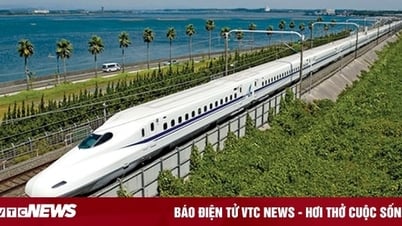



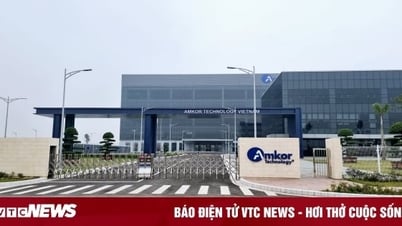







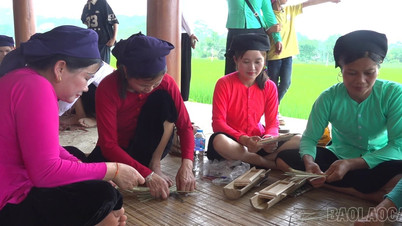

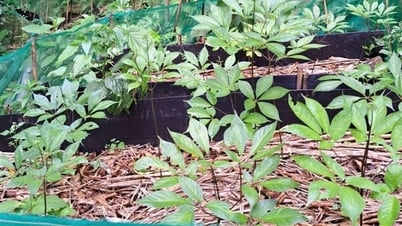

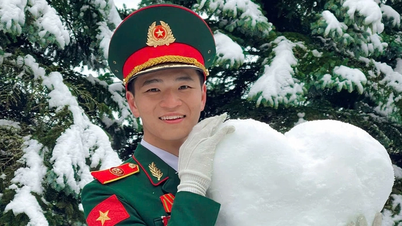



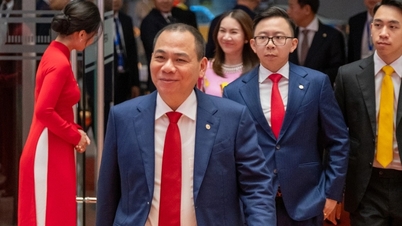












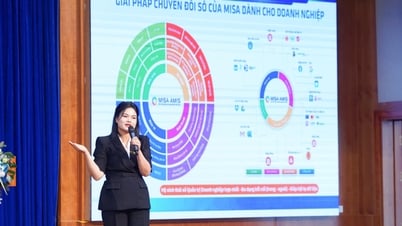













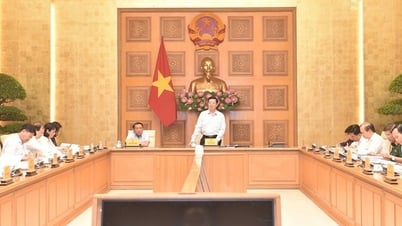








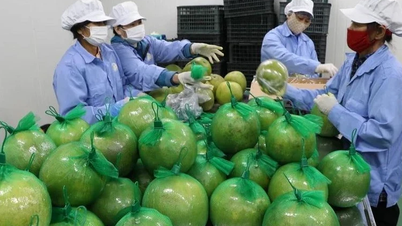


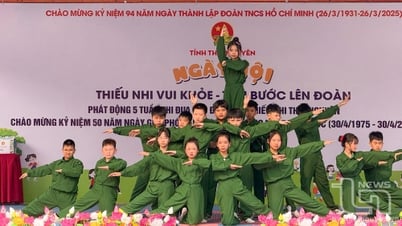




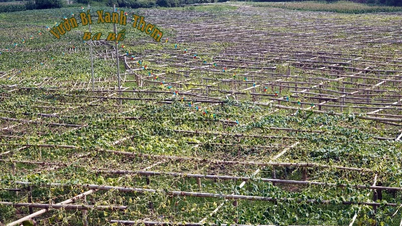





Comment (0)